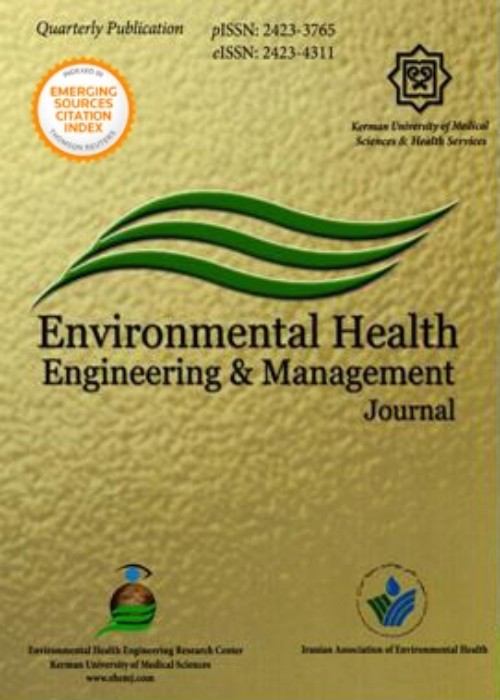Measurement of BTEX (benzene, toluene, ethylbenzene and xylene) concentration at gas stations
Fuel stations are one of the major sources of air pollution with volatile organic compounds, especially the four main petrol compounds benzene, toluene, ethylbenzene, and xylene (BTEX). BTEX in gasoline enters the air of gas stations due to high evaporation of gasoline. Therefore, determining the concentration of these compounds in gas stations in crowded and busy cities is one of the important priorities of environmental health, which is doubly important in terms of its negative effects on health.
In this descriptive cross-sectional study, a total of 39 samples were collected from 13 gas stations. Sampling was performed in autumn 2018 in three working shifts (morning, noon, and night). The method NIOSH-1501 (i.e., using charcoal sorbent tubes and SKC pump with a flow rate of 0.2 L/min) was used for sampling the BTEX compounds. The mean difference and correlation of BTEX compounds based on meteorological parameters and the number of nozzles in gas stations were assessed using one-way ANOVA and correlation tests.
The mean and standard deviation of benzene, toluene, ethylbenzene, and xylene concentrations in the air of fuel stations were 2.784 ± 1.461, 3.495 ± 1.390, 2.091 ± 0.811, and 1.140 ± 0.419 mg/m3, respectively. The relationship between BTEX compounds and meteorological parameters such as humidity and exposure time is very important. There is a strong correlation between the concentrations of BTEX compounds. The highest correlation was observed between benzene and toluene and the lowest one was observed between benzene and xylene. In this study, no significant relationship was
observed between air temperature and concentration of BTEX compounds, but there was a relationship between relative humidity and the concentration of BTEX compounds.
The average benzene concentration in the air at the fuel stations was about 5.5 times the standard limit. Authorities should improve fuel quality and reduce its evaporation through engineering measures to overcome the issue.
BTEX , Gas stations , Iran
- حق عضویت دریافتی صرف حمایت از نشریات عضو و نگهداری، تکمیل و توسعه مگیران میشود.
- پرداخت حق اشتراک و دانلود مقالات اجازه بازنشر آن در سایر رسانههای چاپی و دیجیتال را به کاربر نمیدهد.




